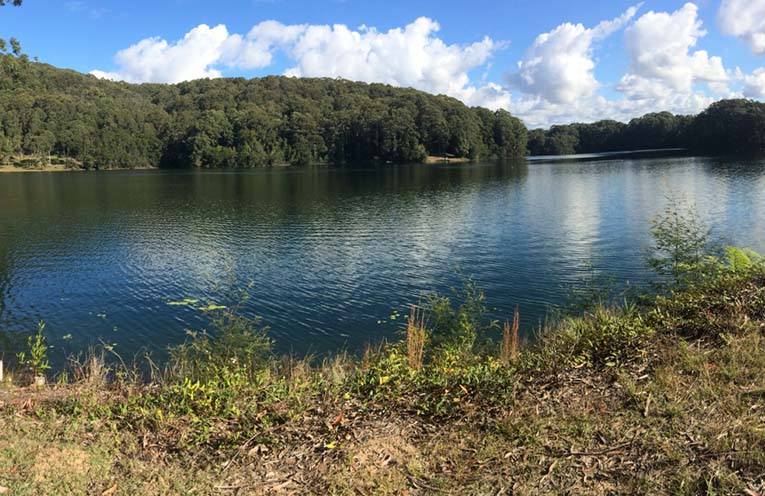
LONG-HELD concerns about the impacts of agricultural practices on Coffs Coast waterways have been validated, with Dr Kirsten Benkendorff, a Professor of Marine Science at Southern Cross University, finding disturbing levels of agricultural chemicals in local waterways.
She said that while some people point the finger at particular types of agricultural industries, the problem is complex, and marine scientists don’t want to inhibit agriculture.
 Advertise with News of The Area today.
Advertise with News of The Area today.It’s worth it for your business.
Message us.
Phone us – (02) 4981 8882.
Email us – media@newsofthearea.com.au
”We have to recognise that, on the Coffs Coast, we have steep slopes, high rainfall, and catchments that run off into the marine park,” Dr Benkendorff said.
“We have to investigate which chemicals are safe for use around waterways and improve how we manage the run off.”
Professor Benkendorff said chemicals that are more water soluble can cause more problems in aquatic ecosystems downstream and there must be strategies to contain and degrade pollutants on land.
A number of pesticides that are banned in the European Union (EU) and/or the U.S. because of toxic effects on humans and/or the environment are being legally used on the Coffs Coast.
Professor Benkendorff said getting a registered chemical banned in Australia is a long, difficult process.
Researchers have to provide detailed evidence to prove that a chemical is causing harm in Australia, even if it is banned elsewhere.
For example, the insecticide imidacloprid – a neonicotinoid, is banned in the EU and Canada, but Professor Benkendorff has found some of the highest concentrations of this chemical in the Hearnes Lake estuary compared to any other waterway where it has been reported globally.
People have been pushing for it to be banned in Australia since it was banned overseas, and, if this had happened, there might not have been the existing issue with Hearnes Lake.
Another problem is that testing water or soil is difficult because researchers don’t know what is being used/sprayed and most pesticides have a number of ingredients, so they have to test for everything, making it time-consuming and expensive.
“It’s like searching for a needle in a haystack,” according to Professor Benkendorff.
She pointed out that the type of intensive horticulture on the Coffs Coast (particularly the growing of blueberries and cucumbers) tends to lead to insecticide use, and, prawns, crabs and yabbies, which have similar nervous systems to insects are more likely to be affected by these types of chemicals.
Professor Benkendorff said that a first step is for researchers, farmers and fishers to get together to talk about potential solutions.
It is imperative to identify which pesticides in use are water soluble and then use sediment traps, bioreactors and other methods of capturing and treating run off before it gets into the water ways if other industries and the environment are not to be adversely affected.
By Andrew VIVIAN
